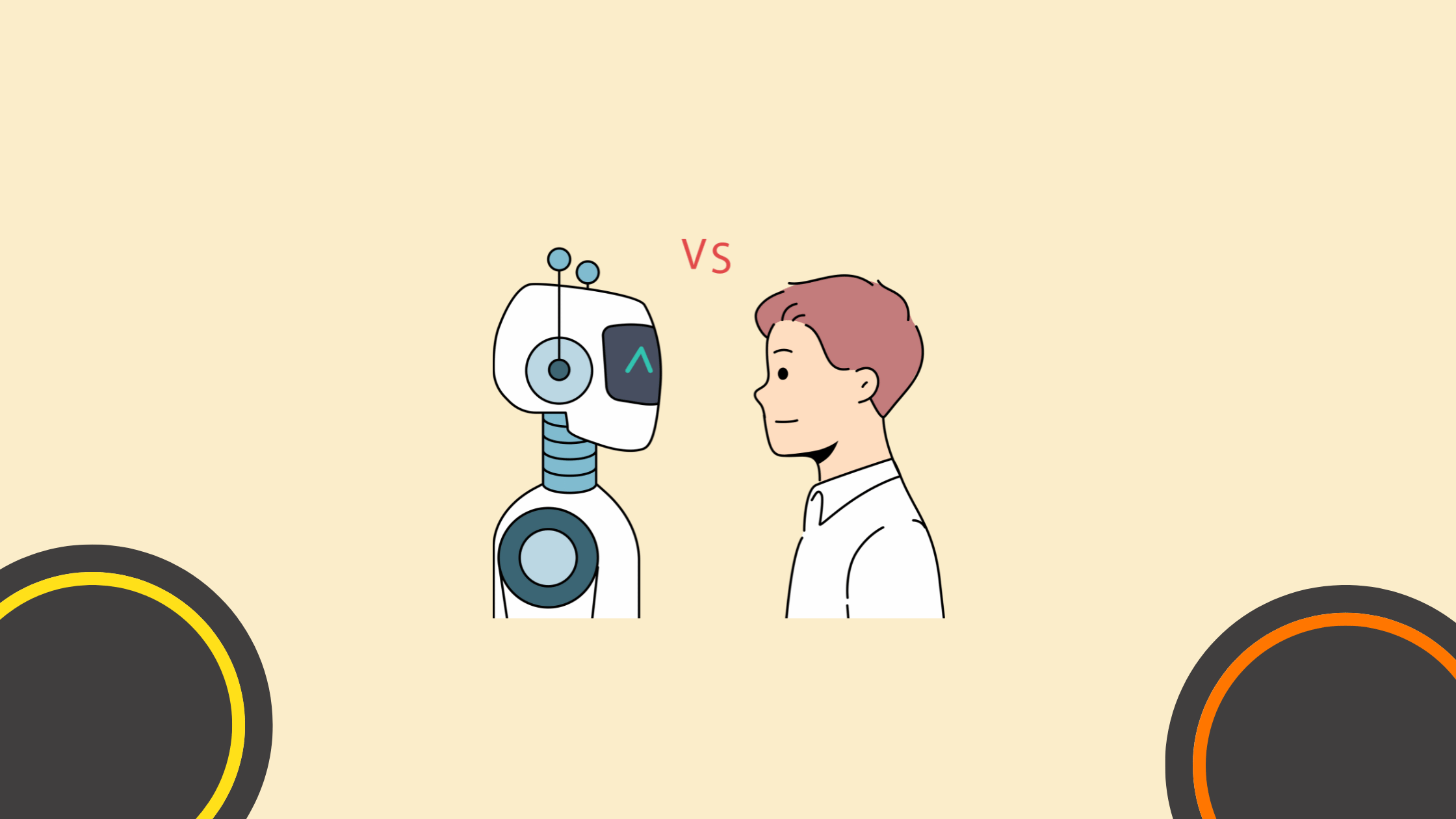AI with a Personal Perspective & Strategy to Address Potential Global Joblessness
Artificial Intelligence (AI) has become an integral part of our daily lives, driving significant changes in various sectors including healthcare, finance, transportation, and more.
While AI holds the promise of tremendous economic benefits and improved quality of life, it also raises concerns about job displacement and the potential for global joblessness.
This article delves into the personal perspectives on AI and offers strategic solutions to address the impending issue of joblessness on a global scale.
Chapters
The Personal Perspective on AI

From a personal standpoint, the advent of AI is both exhilarating and daunting. On one hand, AI technologies such as machine learning, natural language processing, and robotics are revolutionizing industries, creating new opportunities, and enhancing productivity. On the other hand, the rapid pace of AI development and deployment raises valid concerns about the displacement of human labor.
For instance, consider the rise of self-driving cars. While these innovations promise safer and more efficient transportation, they also threaten the jobs of millions of drivers worldwide. Similarly, AI-powered automation in manufacturing can lead to significant cost savings for companies but may result in the loss of manufacturing jobs.
This dichotomy of AI’s impact is a central theme in personal perspectives. People are excited about the potential benefits but also wary of the socio-economic disruptions that may follow. It is crucial to navigate this landscape with strategies that balance technological advancement with human-centric considerations.
Understanding the Scope of Potential Joblessness
To effectively address potential global joblessness, it is essential to understand the scope and nature of the issue. AI and automation technologies are expected to impact jobs across various sectors differently. Some jobs are more susceptible to automation due to their repetitive and routine nature, while others that require creativity, emotional intelligence, and complex decision-making are less likely to be fully automated.
Sectors Most at Risk:
- Manufacturing: Routine and repetitive tasks in manufacturing are highly susceptible to automation. Robots and AI systems can perform tasks such as assembly, packaging, and quality control more efficiently than humans.
- Transportation: Self-driving vehicles and AI-powered logistics systems threaten jobs in driving, delivery, and transportation management.
- Customer Service: AI chatbots and virtual assistants can handle customer inquiries, reducing the need for human customer service representatives.
- Retail: Automation in inventory management, cashier services, and online shopping platforms could reduce the need for retail staff.
Sectors Less at Risk:
- Healthcare: While AI can assist in diagnostics and treatment planning, the empathetic and interpersonal aspects of healthcare require human touch.
- Education: Teaching and mentoring roles, which involve personal interaction and emotional intelligence, are less likely to be fully automated.
- Creative Industries: Jobs that require creativity, such as art, music, and writing, are challenging to automate completely.
- Complex Decision-Making Roles: Positions in management, strategy, and policy-making, which involve complex decision-making and leadership, are less prone to automation.
Strategies to Address Potential Global Joblessness

To mitigate the risks of job displacement and ensure a balanced approach to AI integration, several strategies can be adopted at individual, organizational, and governmental levels.
Reskilling and Upskilling the Workforce
One of the most effective strategies to combat joblessness is to invest in reskilling and upskilling the workforce. As AI and automation take over routine tasks, there will be a growing demand for skills that are complementary to these technologies. This includes technical skills related to AI and data analysis, as well as soft skills such as critical thinking, creativity, and emotional intelligence.
Governments, educational institutions, and companies must collaborate to create comprehensive training programs that equip workers with the skills needed for the future job market. Online learning platforms, vocational training, and continuous education initiatives can play a significant role in this transformation.
Promoting Lifelong Learning
In a rapidly evolving job market, the concept of lifelong learning becomes essential. Encouraging individuals to adopt a mindset of continuous learning and adaptability can help them stay relevant in their careers. Lifelong learning initiatives can include:
- Online Courses and Certifications: Platforms like Coursera, edX, and Udacity offer courses in AI, data science, and other emerging fields.
- Workshops and Seminars: Regular workshops and seminars on new technologies and industry trends can keep the workforce informed and prepared.
- Professional Development Programs: Companies can invest in their employees’ development through internal training programs and support for further education.
Encouraging Entrepreneurship and Innovation
AI technology can be a catalyst for entrepreneurship and innovation. By fostering a culture of innovation, individuals can create new business opportunities and jobs that leverage AI capabilities. Governments and private organizations can support this by:
- Providing Grants and Funding: Financial support for startups and innovative projects can encourage entrepreneurship.
- Establishing Innovation Hubs: Creating spaces where entrepreneurs can collaborate, access resources, and receive mentorship can drive innovation.
- Streamlining Regulations: Simplifying regulatory processes for new businesses can reduce barriers to entry and stimulate economic growth.
Implementing Safety Nets and Social Support
While proactive measures like reskilling and innovation are essential, it is equally important to have safety nets in place for those who may be displaced by AI and automation. Social support systems can help individuals transition to new roles without severe economic hardship. This can include:
- Unemployment Benefits: Providing financial support to those who lose their jobs due to technological changes.
- Job Placement Services: Offering services that help displaced workers find new employment opportunities.
- Healthcare and Housing Support: Ensuring access to basic needs during periods of job transition can reduce stress and facilitate smoother career shifts.
Emphasizing Ethical AI Development
To ensure that AI technologies are developed and deployed in a way that considers the socio-economic impact on workers, it is crucial to emphasize ethical AI development. This includes:
- Transparency: AI systems should be transparent in their decision-making processes to build trust and accountability.
- Fairness: Efforts should be made to prevent biases in AI systems that could disproportionately affect certain groups of people.
- Collaboration: Engaging with diverse stakeholders, including workers, policymakers, and ethicists, can lead to more balanced AI solutions.
The Role of Technology in Mitigating Risks
While AI poses challenges, technology itself can be part of the solution. For example, using a VPN for Chrome can provide individuals with secure access to online learning platforms and job search websites, ensuring their personal data remains protected while they upskill or seek new employment opportunities. Additionally, employing tools to block malware is essential to safeguard sensitive information and maintain the integrity of digital infrastructures as people increasingly rely on online resources for education and work.
Conclusion
AI is a powerful force that can drive significant economic and societal benefits. However, to harness its potential while addressing the risks of global joblessness, a comprehensive and strategic approach is necessary. By investing in reskilling and upskilling, promoting lifelong learning, encouraging entrepreneurship, implementing safety nets, and emphasizing ethical AI development, we can create a future where AI and human labor coexist harmoniously.
The journey towards this future requires collaboration among individuals, organizations, and governments. By taking proactive measures and embracing a balanced perspective, we can navigate the challenges of AI and create a world where technological advancements lead to shared prosperity and improved quality of life for all.
Other Interesting Articles
- AI LinkedIn Post Generator
- Gardening YouTube Video Idea Examples
- AI Agents for Gardening Companies
- Top AI Art Styles
- Pest Control YouTube Video Idea Examples
- Automotive Social Media Content Ideas
- AI Agent for Plumbing Business
- Plumber YouTube Video Idea Examples
- AI Agents for Pest Control Companies
- Electrician YouTube Video Idea Examples
- AI Agent for Electricians
- How Pest Control Companies Can Get More Leads
- AI Google Ads for Home Services
Master the Art of Video Marketing
AI-Powered Tools to Ideate, Optimize, and Amplify!
- Spark Creativity: Unleash the most effective video ideas, scripts, and engaging hooks with our AI Generators.
- Optimize Instantly: Elevate your YouTube presence by optimizing video Titles, Descriptions, and Tags in seconds.
- Amplify Your Reach: Effortlessly craft social media, email, and ad copy to maximize your video’s impact.